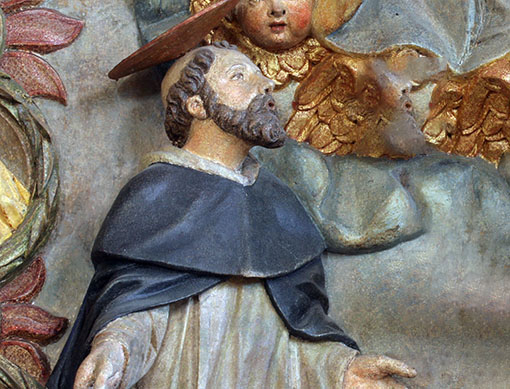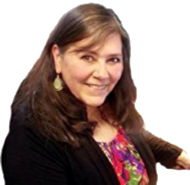Recently, I was reading an article about heroism, and found it interesting that, originally, heroes were not necessarily good, but they were always extraordinary. To be a hero, the author wrote, was to expand the sense of what was possible for a human being.
 I thought about our youth, and the people they often choose to emulate … not always heroes by any means, but celebrities, athletes, actors, social media influencers and I wonder about what possibilities they are striving to meet.
I thought about our youth, and the people they often choose to emulate … not always heroes by any means, but celebrities, athletes, actors, social media influencers and I wonder about what possibilities they are striving to meet.
The author pointed out, “because the ideals to which we aspire do so much to determine the ways in which we behave, we all have a vested interest in each person having heroes, and in the choice of heroes each of us makes.”
We certainly cannot remove all the media influences that impact our children’s choices, but as educators we can introduce them to some young saints, who not only shared the religious ideals we try to instill in our youth but are models of what is possible for young people who often have to deal with feeling like they are not enough.
Getting to know St. Dominic Savio
Dominic was a young boy when he realized he was different from his peers. His love of God and his desire for prayer drew laughter and teasing from his classmates, so he tried hard to keep his differences to himself.
Dominic was born into an Italian peasant family. When he was 12, he joined St. John Bosco (known as Don Bosco) as a student in the Oratory in Turin. He had a great desire to be a priest and to help Don Bosco who was known for helping neglected boys.
His frail health would lead him to say, “I can’t do big things. But I want all I do, even the smallest thing, to be for the greater glory of God.”
But Dominic was a peacemaker, a helper and a caring friend, often settling disputes between his peers at the risk of being injured himself.
Dominic’s frail health eventually resulted in him becoming very ill. He died when he was 14 years old, after receiving the Sacrament of Anointing of the Sick.
In RCL Benziger’s Saint Resource, which includes a youth friendly version of St. Dominic’s life, we read, “Father John Bosco, who was later canonized a saint, wrote the story of Dominic’s life. Dominic was named a saint in 1954, almost 100 years after he died. He was the youngest non-martyr to be declared a saint in the Church. Some people thought that he had not lived long enough to be considered for sainthood. But Dominic’s example teaches us that no matter how old we are, we can serve the Lord in small ways every day.”
• Share the life of St. Dominic with your students. Help them identify his virtues.
• Provide them with an opportunity to identify and discuss the similarities and differences between his hard times and theirs.
• Encourage them to think of smalls ways in which they can serve God every day.
For teachers – At the conclusion of a Synod for Youth, Pope Francis wrote an exhortation, Christus Vivit: Christ is Alive, in which he lists 12 young saints who may be an inspiration for youth. He writes, “The heart of the Church is also full of young saints who devoted their lives to Christ, many of them even to dying a martyr’s death. They were precious reflections of the young Christ; their radiant witness encourages us and awakens us from our lethargy.”
 About the Author
About the AuthorMary Clifford Morrell, mother of six and grandmother to ten, is a Catholic journalist, editor, and author who has served the Dioceses of Metuchen and Trenton, New Jersey; Burlington, Vermont, and RENEW International in the areas of religious education and communication.
